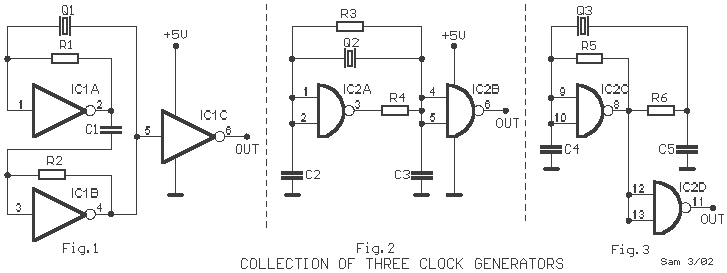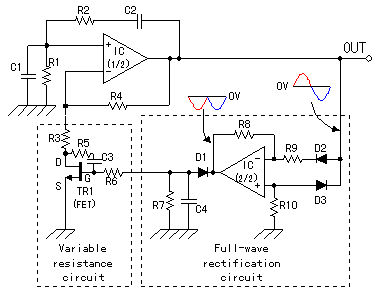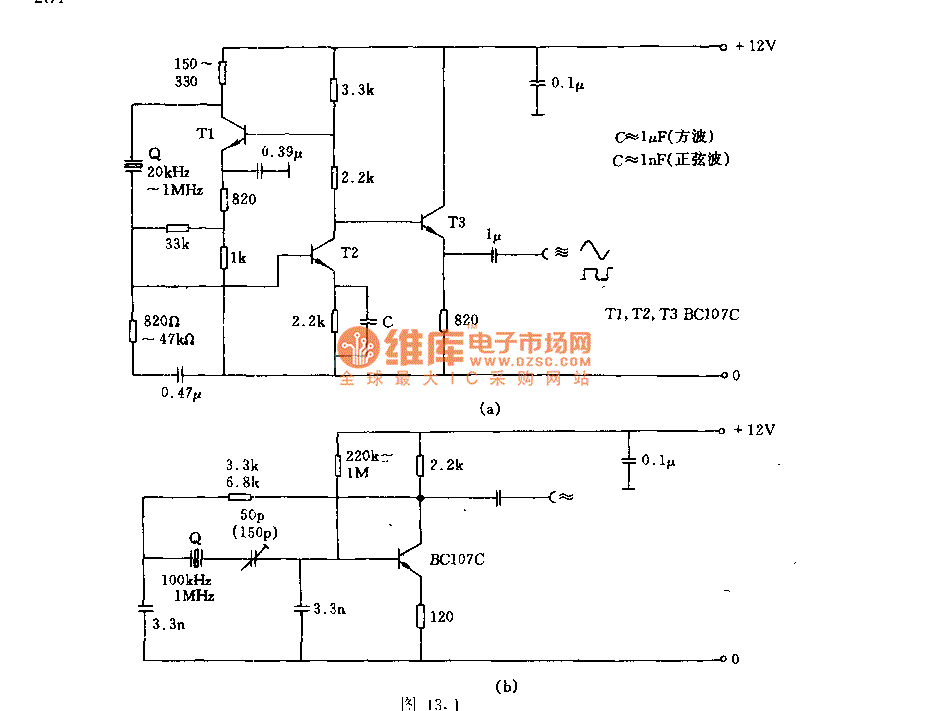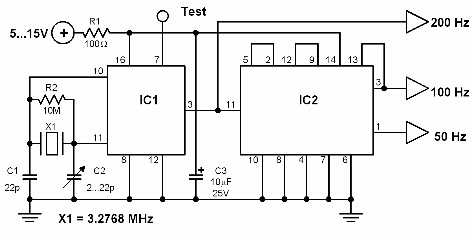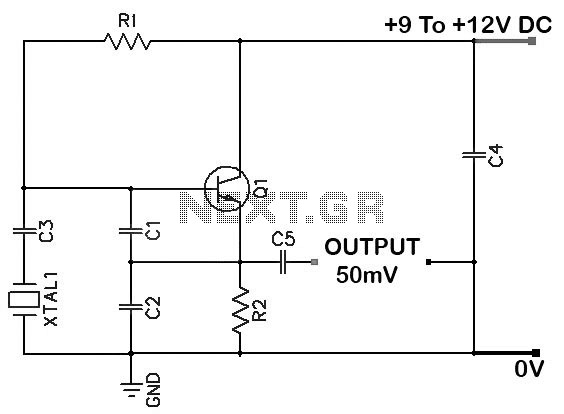
OCXOW-AR1 OCXOW Oven Controlled Crystal Oscillator
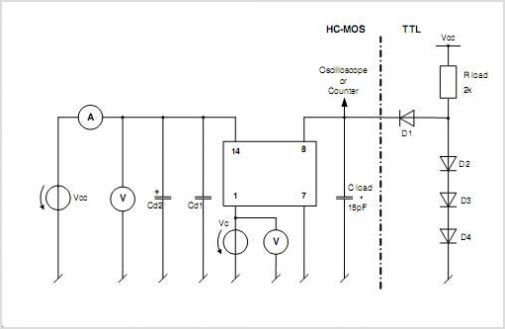
The OPB350 series liquid sensor is designed to operate with clear tubes of various outer diameters: 1/16 inch (1.6 mm), 1/8 inch (3.2 mm), 3/16 inch (4.8 mm), and 1/4 inch (6.3 mm). When integrated with output reference circuitry, it can recognize multiple output states, including fluid present, no fluid present, and no tube present. The presence of clear liquid causes the phototransistor to sink the maximum current, while dark liquid causes it to sink the minimum current. As bubbles move through the tube, the sensor's output signal fluctuates between the liquid present and no liquid states. In the absence of a tube, the phototransistor sinks current between the dark fluid and clear fluid states. Customers are required to determine the typical current values for each condition, and the varying ratios allow for the acknowledgment of different scenarios. This product is offered by Optek Technology, Inc.
The OPB350 series liquid sensor employs an optical sensing mechanism to detect the presence of liquid within transparent tubing. The device utilizes a phototransistor paired with an infrared LED, which emits light that is transmitted through the liquid medium. When the sensor is exposed to clear liquid, the light transmission is maximized, leading to a high current output from the phototransistor. Conversely, when dark liquid is present, the absorption of light reduces the output current to a minimum level. This characteristic allows for effective differentiation between various liquid states.
The sensor's ability to detect the presence of air bubbles is particularly noteworthy; as bubbles pass through the liquid, they momentarily disrupt the light path, resulting in changes to the output signal. This dynamic behavior is essential for applications where the detection of fluid flow and bubble presence is critical, such as in medical devices, food processing, and chemical handling systems.
To implement the OPB350 series sensor in a circuit, it is advisable to include appropriate signal conditioning components that can interpret the varying current levels generated by the phototransistor. Resistors and operational amplifiers can be employed to create a robust output signal that accurately reflects the liquid state. The design should also incorporate safety features to handle scenarios where the tubing is not present, ensuring that the system remains operational without false readings.
In summary, the OPB350 series liquid sensor is a versatile and reliable component for liquid detection in various applications, providing clear output states that can be utilized in automated monitoring and control systems.The OPB350 series liquid Sensor is designed to work with 1/16 [1. 6mm] 1/8 [3. 2mm], 3/16 [4. 8 mm] and 1/4 [6. 3 mm] outside diameter clear tubes. When output reference circuitry is added, multiple output states such as fluid present, no fluid present and no tube present CAN be recognized. Clear liquid present causes the Phototransistor to sink the m aximum current, while dark liquid present causes it to sink the minimum current. As bubbles pass through the tube, the signal will vary between the liquid present and no liquid states. If no tube is present, the Phototransistor sinks current between the dark fluid and clear Fluid states.
The customer will have to identify the typical current values for each situation. The ratio between the different stated allows acknowledgement of different conditions. By Optek Technology, Inc. 🔗 External reference
The OPB350 series liquid sensor employs an optical sensing mechanism to detect the presence of liquid within transparent tubing. The device utilizes a phototransistor paired with an infrared LED, which emits light that is transmitted through the liquid medium. When the sensor is exposed to clear liquid, the light transmission is maximized, leading to a high current output from the phototransistor. Conversely, when dark liquid is present, the absorption of light reduces the output current to a minimum level. This characteristic allows for effective differentiation between various liquid states.
The sensor's ability to detect the presence of air bubbles is particularly noteworthy; as bubbles pass through the liquid, they momentarily disrupt the light path, resulting in changes to the output signal. This dynamic behavior is essential for applications where the detection of fluid flow and bubble presence is critical, such as in medical devices, food processing, and chemical handling systems.
To implement the OPB350 series sensor in a circuit, it is advisable to include appropriate signal conditioning components that can interpret the varying current levels generated by the phototransistor. Resistors and operational amplifiers can be employed to create a robust output signal that accurately reflects the liquid state. The design should also incorporate safety features to handle scenarios where the tubing is not present, ensuring that the system remains operational without false readings.
In summary, the OPB350 series liquid sensor is a versatile and reliable component for liquid detection in various applications, providing clear output states that can be utilized in automated monitoring and control systems.The OPB350 series liquid Sensor is designed to work with 1/16 [1. 6mm] 1/8 [3. 2mm], 3/16 [4. 8 mm] and 1/4 [6. 3 mm] outside diameter clear tubes. When output reference circuitry is added, multiple output states such as fluid present, no fluid present and no tube present CAN be recognized. Clear liquid present causes the Phototransistor to sink the m aximum current, while dark liquid present causes it to sink the minimum current. As bubbles pass through the tube, the signal will vary between the liquid present and no liquid states. If no tube is present, the Phototransistor sinks current between the dark fluid and clear Fluid states.
The customer will have to identify the typical current values for each situation. The ratio between the different stated allows acknowledgement of different conditions. By Optek Technology, Inc. 🔗 External reference
